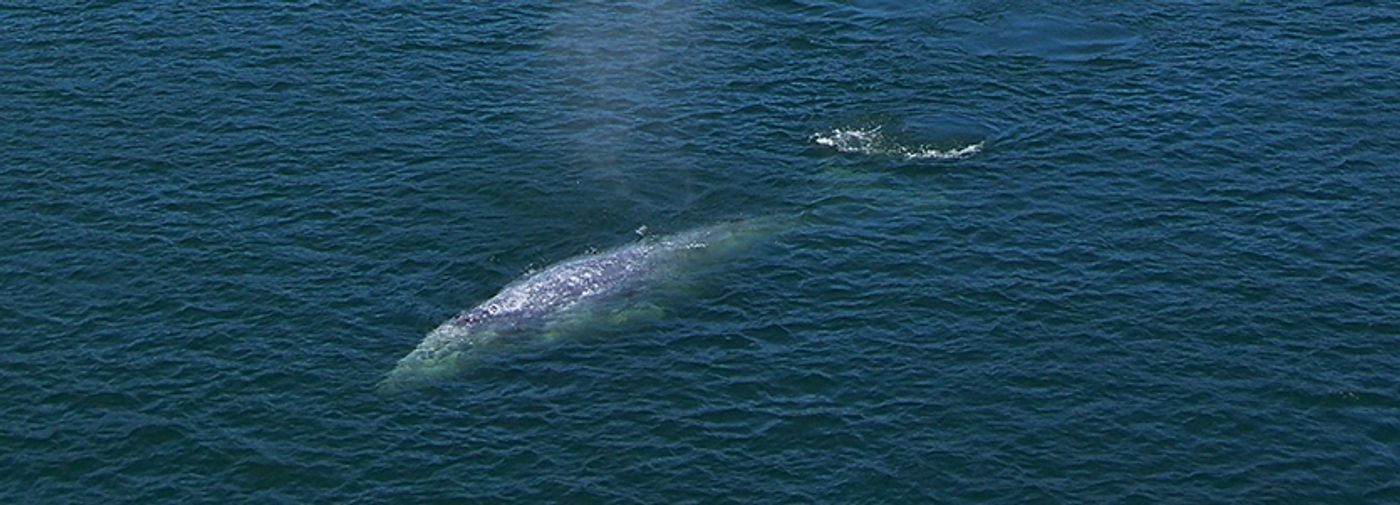Gray Whale Population Declines by 24%
The gray whale population along the east coast of the Pacific Ocean has undergone a significant decline. Earlier this week, the Fisheries Division of the National Oceanic and Atmospheric Administration (NOAA) reported a 24% decline over four years in the eastern North Pacific gray whale population. NOAA estimates the population to be about 20,580 whales. The 2016 population estimate was 26,960 gray whales.
What is contributing to this population decline? In 2019, NOAA declared an “unusual mortality event (UME)” for eastern North Pacific gray whales. According to NOAA, a UME is “a stranding event that is unexpected, involves a significant die-off of any marine mammal population, and demands immediate response.” Since January 1, 2019, NOAA reports that nearly 400 gray whales stranded in Canada, the U.S., and Mexico.
While the UME investigation is ongoing, necropsies have shown emaciation, although NOAA states that these findings are not consistent. Scientists have found that 35% of the stranded whales examined were in “poor to thin nutritional condition.” Sue Moore, an oceanographer from the University of Washington, doesn’t think that a food shortage is entirely to blame. She told NOAA, “Last summer, researchers in the Arctic found gray whales feeding as they typically do in the Chukchi Sea off the north coast of Alaska.” However, NOAA also states that if these whales are not getting enough food, they can become more vulnerable to ship strikes, disease, and entanglement.
While the population loss seems significant, scientists are not worried yet. NOAA reports that the current population decline mirrors the 23% decline in this population that occurred in 1999 and 2000, another UME. In the NOAA Fisheries Technical Memorandum reporting the current population estimates, the scientists suggest that “large-scale fluctuations of this nature are not rare” due to this emerging population growth and decline pattern. The scientists also state that these declines haven’t yet caused any long-term impacts on this particular population.
The report suggests that the eastern North Pacific gray whale population may have reached its carrying capacity, meaning the environment cannot successfully support further population growth. In a statement to NOAA, Cascadia Research Collective research biologist John Calambokidis said, “since this matches or possibly even exceeds the numbers thought to exist before commercial whaling, the whale population may be at the limits of the normal environmental carrying capacity. This may also be playing a role in the mortalities.”










